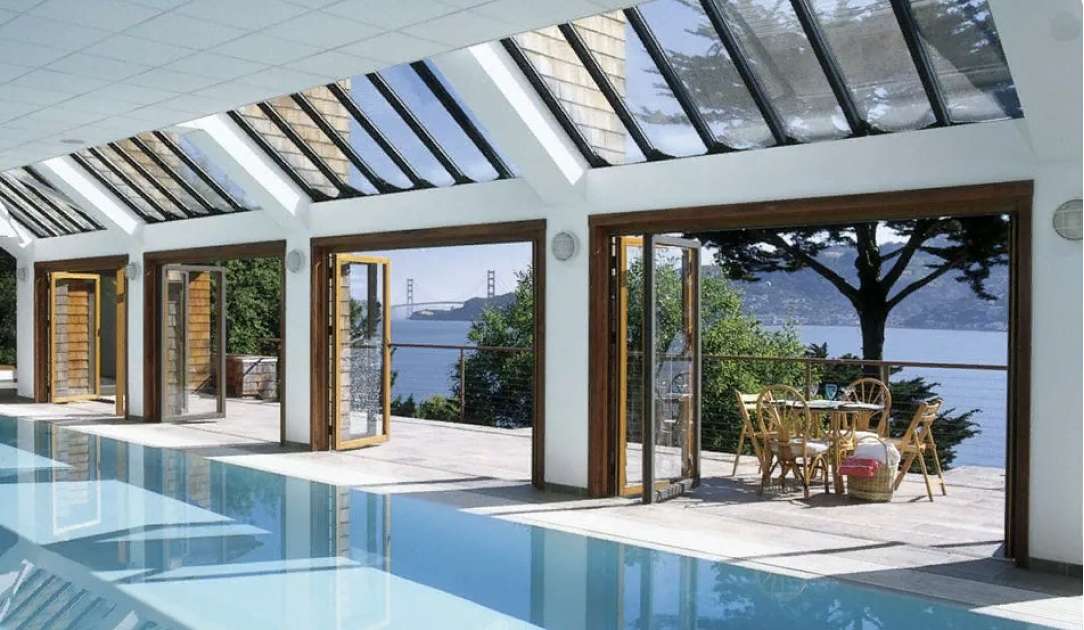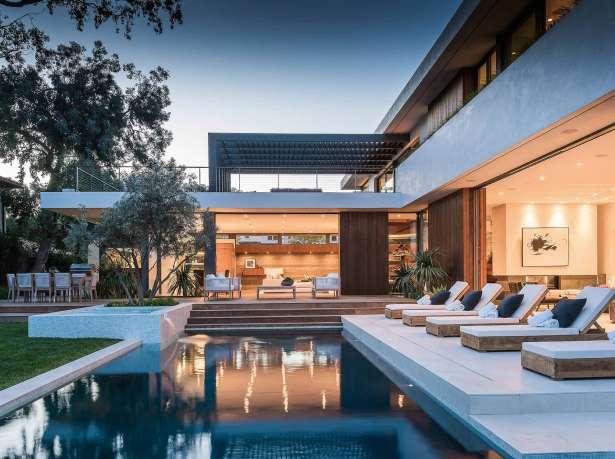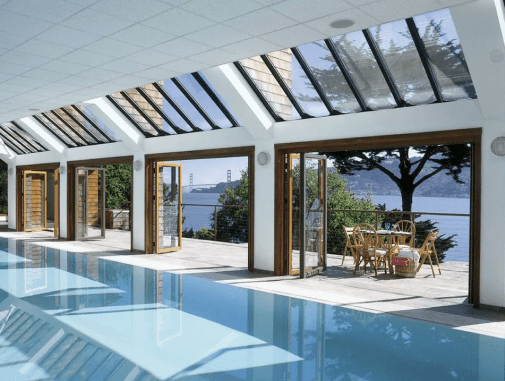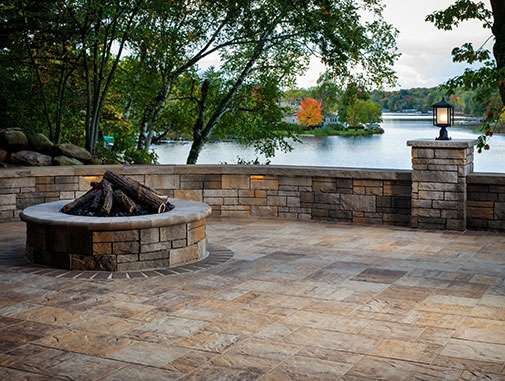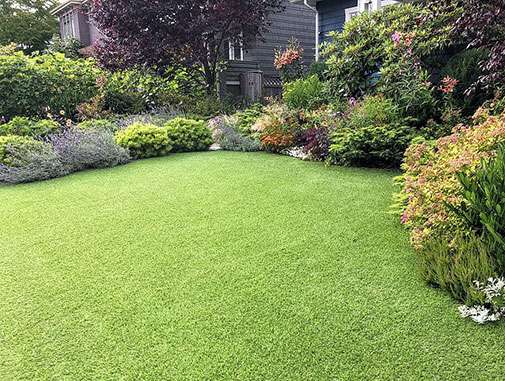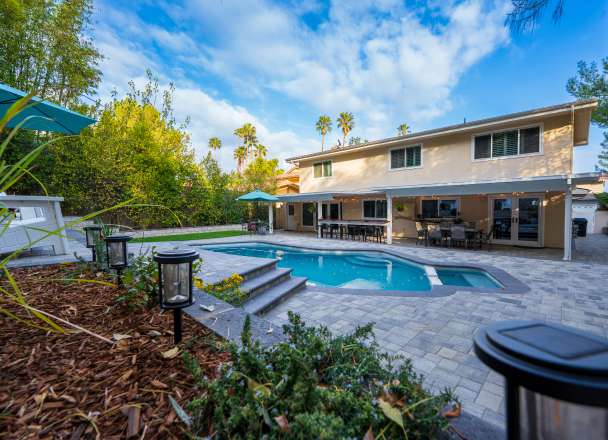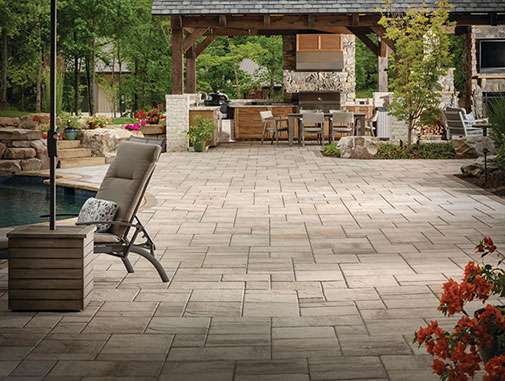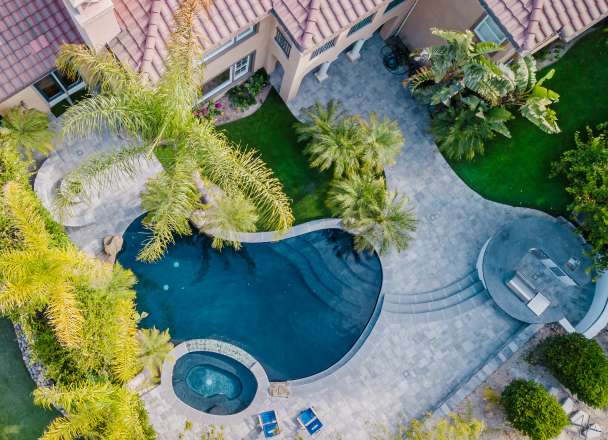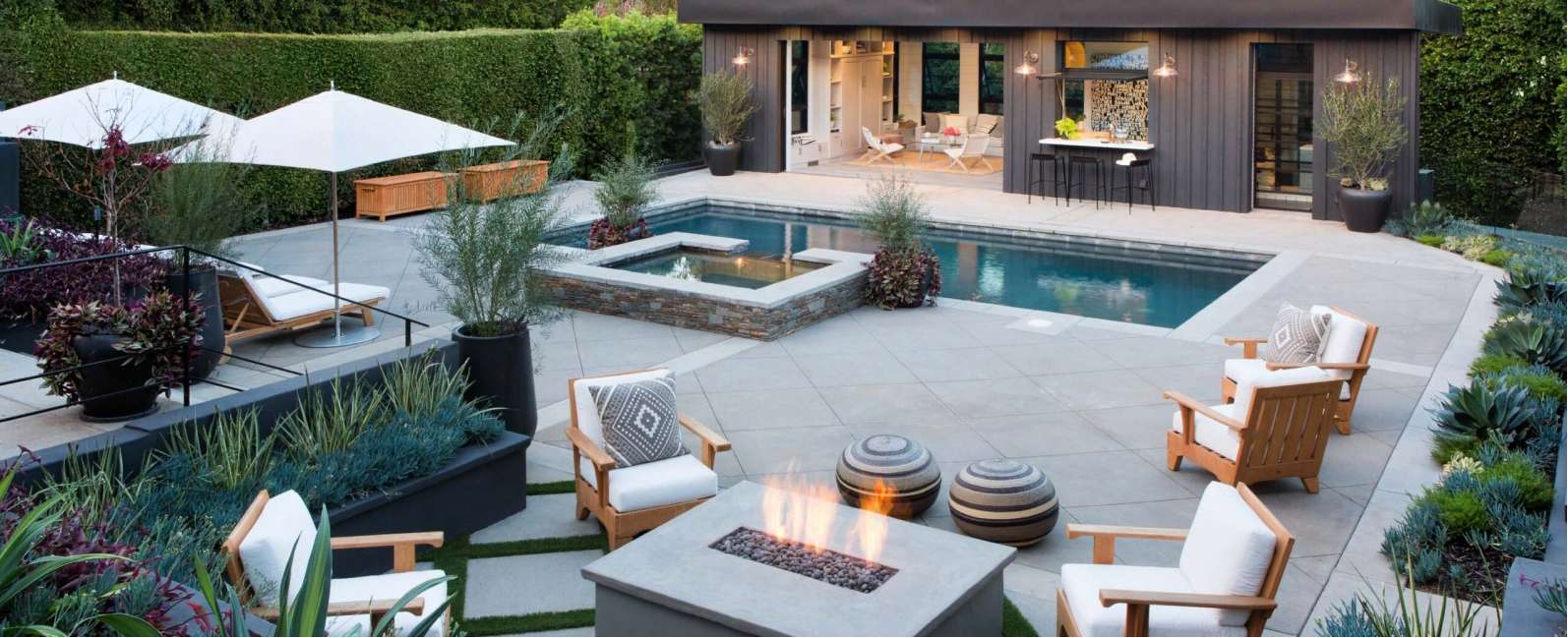Strategic Budgeting for Your ADU: Top Tips
- #Outdoor Living
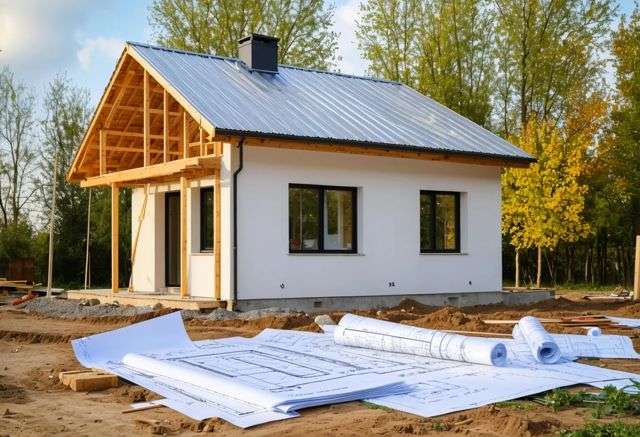
- Smooth Plaster Finish
- Shimmering Pebble Finish
To strategically budget for your ADU, consider keeping designs simple, choosing affordable materials, and exploring prefab options to save on construction costs. Additionally, setting aside a contingency fund and consulting multiple contractors for estimates can further ensure financial control throughout the project.
1. Understanding ADU Costs
Understanding the costs involved in building an Accessory Dwelling Unit (ADU) is crucial for effective budgeting. Several factors contribute to the overall expense, such as design, permits, construction, and finishing touches.
ADUs can range from $100 to $300 per square foot. A smaller unit (500 sq ft) may cost between $50,000 to $150,000, while a larger unit (1,200 sq ft) could range from $120,000 to $360,000. Prefabricated ADUs are typically less expensive than custom builds.
Different types of ADUs come with varied cost structures:
- Prefab ADUs: $80 to $160 per square foot.
- Attached ADUs: $125 to $225 per square foot.
- Detached ADUs: $150 to $250 per square foot.
- Above Garage ADUs: $200 to $500 per square foot.
- Basement Conversions: $50 to $100 per square foot.
- Garage Conversions: $50 to $200 per square foot.
Several factors influence ADU costs:
- Size and Complexity: Larger and more complex designs cost more.
- Zoning and Permits: Local regulations can add to the budget.
- Location: Proximity to existing utilities can reduce costs.
- Material Choices: High-end materials will increase the budget.
- Labor Costs: Skilled labor is a significant expense for custom builds.
To manage costs, consider these tips:
- Keep Designs Simple: A straightforward layout reduces expenses.
- Build Smaller Units: Saves on both material and labor costs.
- Do It Yourself: Handle tasks like painting or landscaping to save money.
- Choose Prefab Options: Saves construction time and costs.
- Use Affordable Materials: Opt for budget-friendly materials without compromising quality.
- Share Utilities: Build near the main house to share infrastructure.
Planning for potential risks and having a contingency budget can help manage unexpected delays and costs. Selecting a reliable contractor with ADU experience is also crucial. Get multiple estimates and check reviews to ensure you’re making the best choice.
A real-world example: Jane decided to build a 600 sq ft detached ADU in her backyard. By choosing prefab options and managing some DIY tasks like painting, she kept her total cost around $90,000, significantly below initial estimates.

2. Setting a Realistic Budget
To set a realistic budget for your ADU project, start by understanding the full scope of the project. Identify whether your ADU will be a garage conversion, an attached unit, or a standalone structure. Each option has varying costs and requirements, so defining this early helps in making cost-effective decisions.
Research extensively:
- Check local zoning laws and building codes to ensure your plans comply with regulations.
- Learn about the permitting process and allocate between $1,000 and $5,000 for related costs.
- Consult with professionals like architects and contractors to obtain accurate cost estimates and avoid major mistakes.
Detail your budget by breaking down costs into specific categories:
- Design and planning fees
- Construction expenses
- Utility connections and necessary upgrades
- Landscaping and exterior improvements
- Interior finishes and furnishings
- Contingency funds for unexpected expenses (typically add 10-20%)
Explore financing options to support your project:
- Consider home equity loans, personal loans, or construction loans. For a detailed look, read Understanding Financing Options for ADU Construction.
- Speak with financial advisors to find the most suitable financing plan for your needs.
Implement cost-saving strategies where possible:
- Create detailed plans to minimize unforeseen expenses.
- Take on DIY tasks like painting or installing fixtures.
- Opt for cost-effective, durable materials.
- Compare multiple contractor bids to ensure competitive pricing.
- Plan for phased construction if budget constraints require it.
Utilize an ADU cost calculator to obtain detailed estimates tailored to your project’s specifics. This helps in ensuring you stay within your budget while accommodating all necessary expenses.
By following these steps, you can establish a realistic and manageable budget for your ADU project, ensuring a smooth and financially sound construction process.
A real-world example: The Smiths used an ADU cost calculator to estimate their expenses and arranged phased construction, which allowed them to complete their ADU without financial strain.
3. Financing Your ADU
Understanding the different financing options for ADU construction is crucial for effective budgeting. Here are some key tips to consider:
Building an ADU can be a strategic move to increase property value and generate rental income. However, financing such a project can be challenging. To secure the best financing options, consider the following:
- Understand Loan Requirements:
- Loan criteria vary by lender and location.
- Key factors include credit score, income, and project feasibility.
- Meeting these requirements ensures you can manage construction expenses effectively.
- Explore Financing Options:
- RenoFi Loans: Consider your home’s future value post-construction and offer flexibility.
- Home Equity Loans & HELOCs: Utilize built-up equity in your home. HELOCs provide a revolving credit line.
- Cash-Out Refinance: Refinance your existing mortgage to release equity.
- Construction Loans: Good for those with less equity but involve higher closing costs.
- Unsecured Loans or Credit Cards: Generally not recommended due to high interest rates.
- State-Specific Programs:
- Financing options vary by state, with some offering specific incentives. Learn more in What is the ADU Grant Program in Los Angeles?.
- Research local programs and consult lenders knowledgeable about state regulations.
- Strategies for Securing a Loan:
- Determine Loan Amount: Set a budget and get estimates from contractors.
- Assess Eligibility: Use mortgage calculators to understand borrowing limits.
- Research Lenders: Compare rates and programs.
- Gather Documentation: Income proof, credit score, and project details.
- Apply for the Loan: Ensure your application is complete before submission.
- Additional Considerations:
- ADUs can significantly increase property value and rental income.
- Professional guidance from advisors and contractors can streamline the process.
- Stay inspired by looking at other successful ADU projects.
By understanding and utilizing the right financing options, you can budget strategically for your ADU, ensuring a smooth and financially sound construction process. Keep these tips in mind to make informed decisions that benefit your property and income.
A real-world example: John and Emily opted for a RenoFi loan, leveraging their home’s future value, and successfully funded their ADU construction with manageable monthly payments.

4. Cost-Saving Tips
Discover various tips to save costs during your ADU construction, from selecting affordable materials to optimizing the design for efficiency.
Plan Efficiently: Thoughtful planning can prevent overspending. Define your project scope clearly, ensuring you know your usage and budget limits.
DIY Elements: If you have the skills, take on some tasks yourself to reduce labor costs. Simple tasks like painting or landscaping can save money.
Material Selection: Choose cost-effective yet quality materials. Look for deals or consider repurposed items. Utilizing modular cabinetry and prefabricated units can further cut costs.
Phased Construction: Spread the build over phases if budget constraints demand. This allows for better financial control and flexibility.
Leverage Existing Structures: Converting spaces like a garage can be cost-efficient. It reduces the need for new construction and minimizes material and labor costs. For insights on conversions, check Converting a Garage into a Profitable Airbnb.
Utilize Pre-Approved Plans: Many cities offer pre-approved ADU designs. These can streamline the permitting process and reduce design costs. Check out Los Angeles Pre-Approved Design Plan for ADUs.
Value Engineering: Analyze each aspect of construction to find cost-saving opportunities. Opting for prefabricated shower units and efficient layout plans can save both material and labor costs.
By implementing these strategies, you can save significantly on your ADU project while ensuring a high-quality and functional space.
A real-world example: Maria leveraged existing structures by converting her garage and using city’s pre-approved ADU designs, cutting costs and reducing construction time.

5. Monitoring and Managing Your Budget
Effectively monitoring and managing your budget is crucial when constructing an ADU. Here are some strategies to ensure you stay within financial limits:
- Regularly Review Your Budget: Schedule frequent check-ins to compare actual expenses against your planned budget. This helps identify any discrepancies early.
- Use Budgeting Tools: Employ construction budgeting tools or software to maintain accurate records and track expenses in real-time.
- Keep Contingency Funds: Always set aside a contingency budget, typically 10-20% of the total cost, to cover unexpected expenses.
- Track Milestones: Break down the construction into milestones and allocate budget for each. Ensure that payments are tied to the completion of these milestones.
- Update and Adjust: Be prepared to revise your budget as the project progresses. Costs may shift, requiring adjustments to stay on target.
For expert assistance in planning and managing your ADU budget, consider consulting with professionals at EHD Builders. They offer tailored advice and comprehensive services to ensure your project runs smoothly.
A real-world example: The Andersons used a construction budgeting tool to monitor their expenses, adjusting as needed and ensuring their ADU project stayed on track and within budget.

FAQ
What factors influence the cost of an ADU?
Several factors influence the cost of an Accessory Dwelling Unit (ADU), including design, permits, construction, finishing touches, size, complexity, zoning and permits, location, material choices, and labor costs.
How much does building an ADU typically cost?
The cost of building an ADU can range from $100 to $300 per square foot. For example, a smaller unit (500 sq ft) may cost between $50,000 to $150,000, while a larger unit (1,200 sq ft) could range from $120,000 to $360,000.
Are prefabricated ADUs less expensive than custom builds?
Yes, prefabricated ADUs are typically less expensive than custom builds. Prefab ADUs can cost between $80 to $160 per square foot.
What are some cost-saving tips for building an ADU?
To save costs, consider keeping designs simple, building smaller units, opting for prefab options, using affordable materials, sharing utilities, and handling DIY tasks like painting or landscaping.
How can I set a realistic budget for my ADU project?
To set a realistic budget, understand the full scope of the project, research local regulations and permitting costs, consult professionals for accurate estimates, and break down costs into specific categories such as design fees, construction expenses, and contingency funds.
What are some financing options for ADU construction?
Financing options include RenoFi loans, home equity loans and HELOCs, cash-out refinance, construction loans, and state-specific programs. It’s important to compare rates and programs from various lenders.
How can I save costs during ADU construction?
Cost-saving strategies include planning efficiently, taking on DIY tasks, selecting cost-effective materials, spreading construction over phases, leveraging existing structures, and utilizing pre-approved plans.
How can I effectively monitor and manage my ADU budget?
Regularly review your budget, use budgeting tools, keep contingency funds, track milestones, and be prepared to update and adjust your budget as the project progresses. Consulting with professionals can also help ensure effective budget management.
Sources
This article utilized various sources for insights and information on budgeting and cost management for ADU construction. Notable sources include:
- Quickbase: Effective Construction Budget Management Strategies and Tools
- Procore: Construction Budget
- RenoFi: Financing ADUs
- NerdWallet: Property Line Loans for ADUs
- The Mortgage Reports: Accessory Dwelling Units Guide
- HomeGuide: ADU Cost
- LumberFi: Comprehensive Construction Budget Guide
- Build Green NH: ADU Project Planning
